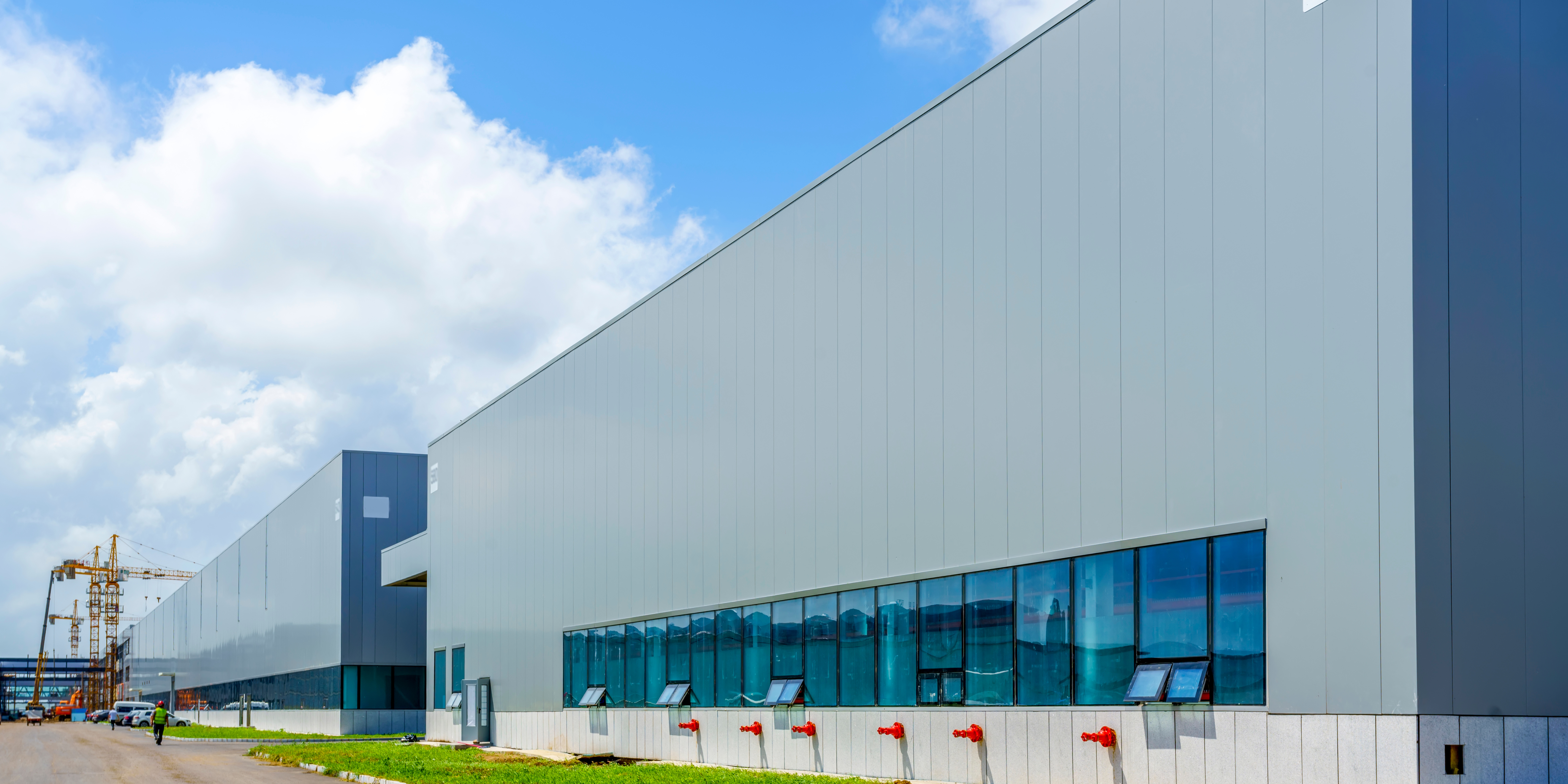As we delve into the intricate world of the United States industrial market, it’s apparent that 2023 has brought with it a unique set of challenges and opportunities. The performance of the U.S. industrial market is currently downshifting, prompting us to carefully examine the trends and factors that are shaping its landscape heading into late 2023.
The Vacancy Rate and Net Absorption:
First and foremost, let’s address the national vacancy rate. It’s worth noting that, despite the challenges, the vacancy rate remains below its 20-year average of 7.3%. However, the next 12 months could be a test of resilience for the market.
Net absorption, a key indicator of market vitality, has been positive but is showing signs of fatigue. In the second quarter of 2023, net absorption was 30% below the levels seen in the three years before the pandemic. This slowdown is largely attributed to retailers and wholesalers cautiously pausing further inventory accumulation due to concerns over the economic outlook and declining U.S. imports from record highs.
Economic Outlook and Its Impact:
The near-term economic landscape raises concerns about a mild, interest rate-driven recession. This situation poses potential downside risks to CoStar’s base-case forecast for net absorption in late 2023 and early 2024.
However, there is a glimmer of hope. Amazon’s North American sales, excluding web services, continue to rise by double digits. Additionally, major retailers like Walmart, Target, and Costco are successfully clearing excess inventories accumulated in the previous year. Yet, the path to recovery is not without obstacles. Factors like high gas prices and multi-decade highs in credit card interest rates are impacting household finances, and their resolution is crucial for consumer goods spending to regain momentum, ultimately boosting retailers’ confidence to expand their distribution networks.
Incoming Supply and Vacancy Rates:
The industrial landscape is set to witness a significant increase in supply during late 2023 and early 2024. Across CoStar’s national index of 87 markets, there are approximately 535 million square feet of projects under construction, most of which are unleased and scheduled for completion within the next year. This influx of new supply is expected to push the national vacancy rate upward.
Over the past year, the vacancy rate has seen a consistent increase, reaching a peak of 11.5% in mid-2022. Year-over-year rent growth has moderated to 7.6% as of 2023Q3. Given the substantial new construction, further deceleration in rent growth appears inevitable, especially with the lingering effects of sharp interest rate increases from 2022 and 2023 impacting the economy.
Construction Starts and the Future:
Construction starts on new industrial projects have been declining since the previous fall. Developers are increasingly concerned that higher interest rates are eroding the value of newly delivered projects, causing them to dip below replacement costs. This trend is significant as it affects the number of new projects completing construction each quarter, which is expected to decline significantly by the summer of 2024.
However, this decline in construction starts may set the stage for vacancies to stabilize or even tighten by late 2024. Rent growth may also see an uptick shortly thereafter. Additionally, it’s worth noting that CoStar is tracking over 20 large electric vehicle, battery, and semiconductor plants planning to open across the U.S. during 2024-26. Suppliers to these facilities are likely to generate millions of square feet of additional leasing over that period, providing a boost to the industrial market.
In conclusion, the United States industrial market in late 2023 is navigating through uncertain waters. While challenges abound, opportunities are also emerging on the horizon. As we move forward, keeping a close eye on the evolving economic landscape and the dynamic interplay of supply and demand will be essential for investors and stakeholders in this sector.


